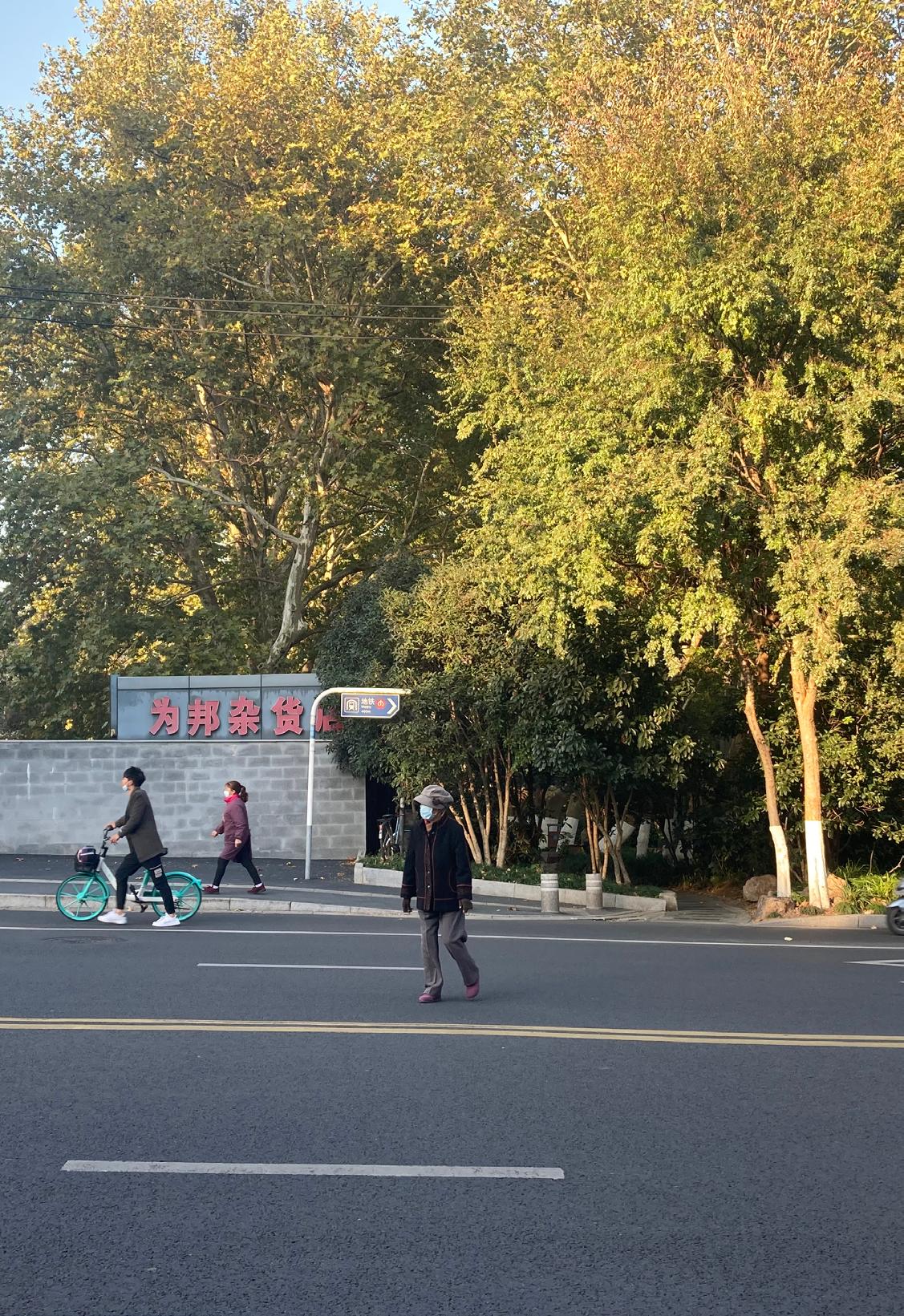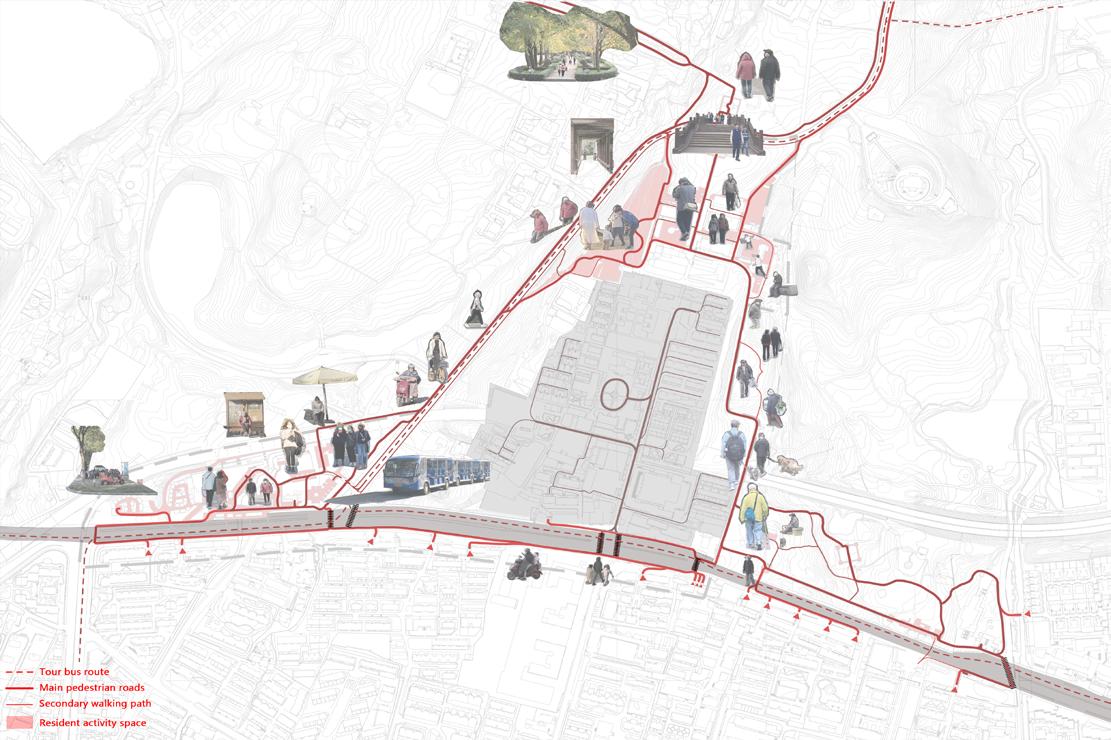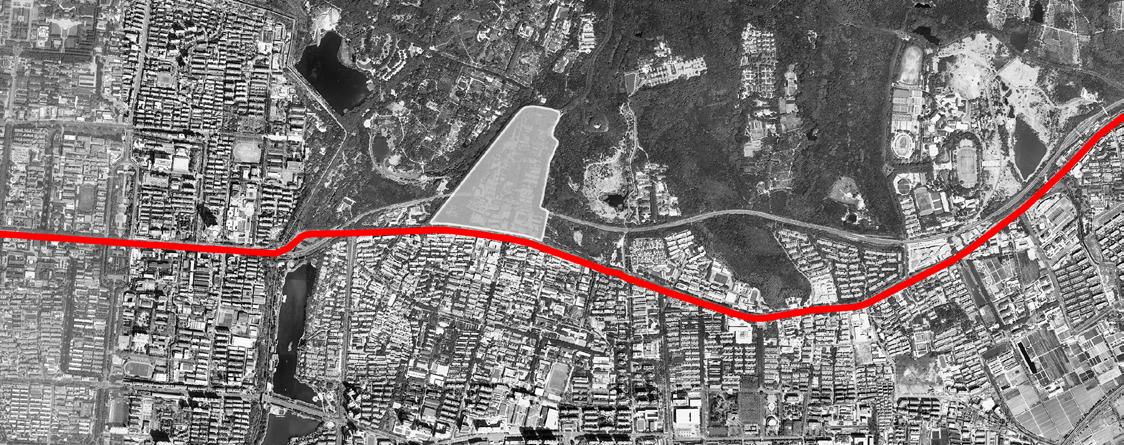
1 minute read
VESSEL OF CITY
Reconnection of the Inhabitants and the Nature
Individual Academic Work
Advertisement
Nov 2021 / Architecture Design Ⅷ
Course ID:29010100H
Located in Nanjing, China
Supervisor: TANG Lian
Email: tanglian@nju.edu.cn
Tel: +86 13770849401
The project is located at the junction of the city and the forest, and the residential area faces the forest across the street. Busy and fast urban arterial roads block people's routes to urban green Spaces, forcing the separation of nature and city. Residents have to cross the street in order to reach it.
The project takes advantage of the height difference between the mountain and the city, laying new routes on the busy road and opening up the city's otherwise blocked blood vessels. Using the language of the bridge, the new road is endowed with different functions, satisfying the travel needs of local residents and creating a new urban function.
Taking residents' activities as the starting point, this paper explores the contradiction between living demands and environmental restrictions, and introduces local elements to solve the contradiction with environmental characteristics as the starting point.
Residents
The Zijin Mountain is a natural resource that Nanjing citizens cannot give up. It carries an important role of landscape, leisure and memorial. However, the city's expressways cut off access for residents at the foot of the mountain for recreation, forcing them to cross the road.
Through the statistics of local residents' activities, it is found that residents' daily activities and routes are hindered by the gray area in the center of the site and the fast road. Local residents hold a series of daily activities around the venue, including playing Musical Instruments, playing tennis and walking their dogs.

Residents on the south side need to cross the road to reach soft lawns on the hills on the north side, historic sites and so on. The inhabitants emerge from the gaps between the buildings like capillaries that need to drain into the aorta on the north side.






